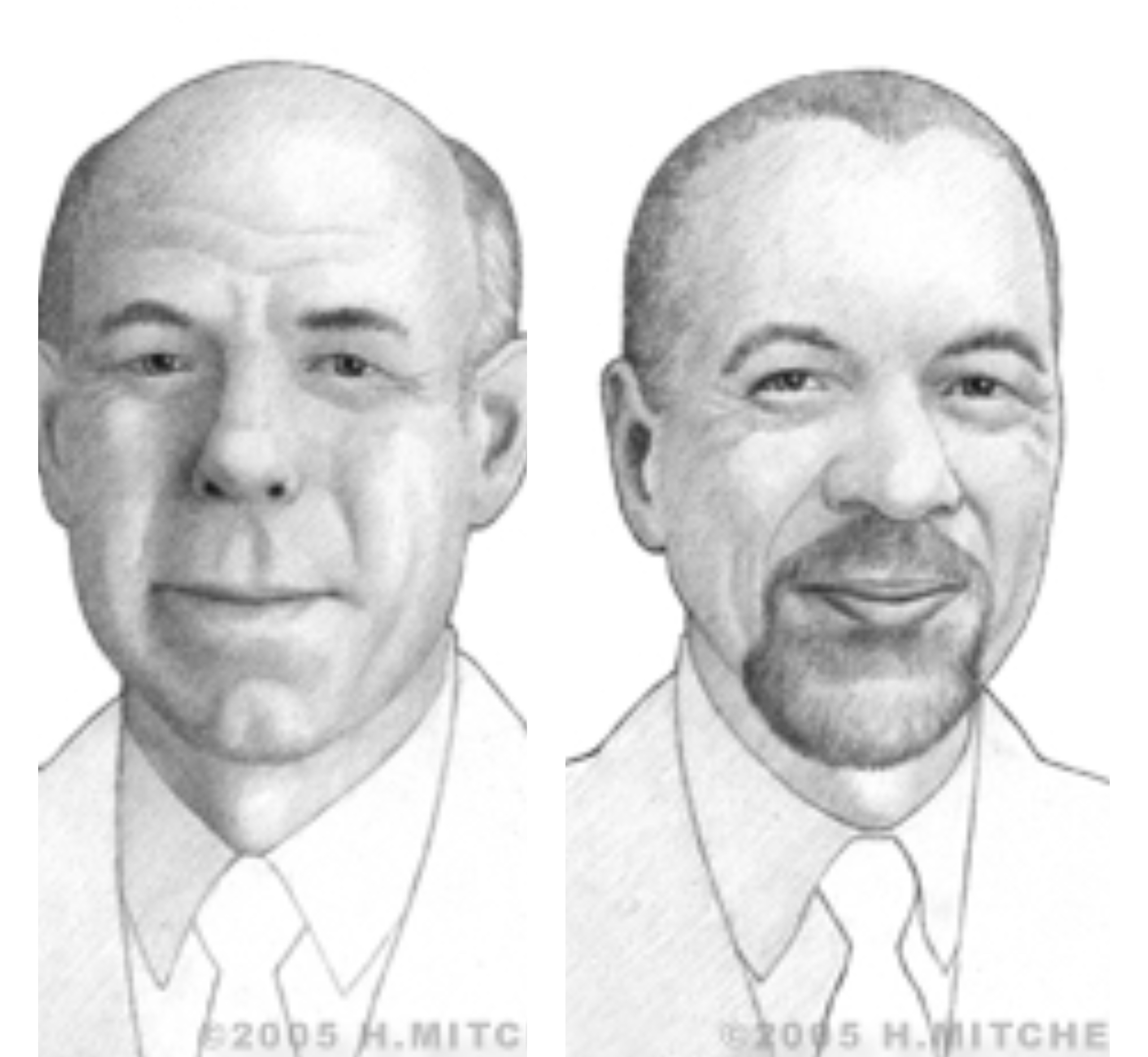Gerhard Sessler and James West
In the 1960s, a pair of Bell Labs scientists, James Edward West and Gerhard M. Sessler, worked together to produce the foil electret microphone. This type of microphone remains one of the most affordable and commonly used microphones today, with nearly 90 percent of all microphones made currently built based on principles developed by the duo.
West was born on February 10, 1931 in Prince Edward County, Virginia. He attended Temple University, completing his BS degree in physics in 1957, and began working for the Acoustics Research Department at Bell Labs in Murray Hill, New Jersey, where he had participated in internships as a college student. An acoustical scientist, he specialized in electroacoustics, physical and architectural acoustics.
Sessler was born on February 15, 1931 in Rosenfeld, Germany. He studied physics at the University of Freiburg, and later at the Universities of Munich and Goettingen. He completed his PhD at Goettingen in 1959. Shortly thereafter he moved to the United States to begin working for Bell Labs.
In 1960, the men were charged with an assignment to create a new technology for making highly sensitive, durable and compact microphones that were inexpensive to manufacture. Microphones, which convert sound waves into electrical voltages, were first developed in the mid-19th century. The first was a telephone transmitter invented by Emile Berliner in 1876. In the early 1960s, condenser microphones were the standard in telephony, but these were expensive and required a rather large battery source. Commonly used in the recording industry, they were impractical for widespread use in applications such as telephones or toys.
West and Sessler pioneered the design of electret transducers — they knew that an electret, which employed an inexpensive, thin, plastic film (they used Teflon), could, after being exposed to a strong electrical field, retain its electrical polarization without requiring a power source. According to West’s description, “the film is drawn taut like the head of a drum and is suspended just above a metal surface. As you talk into the microphone, pressure fluctuations in the air distort the film. Charges in the metal surface experience fluctuating forces as the polarized electret moves above it. As a result of these forces, a very small current flows from the metal surface through a wire that touches it.”
The electret microphone was inexpensive and could be made in extremely small sizes to be used in such devices as hearing aids, telephones, camcorders and tape recorders. Its design was finalized in 1962, and by 1968, it had gone into widescale production. It quickly found broad use in telecommunications, recording and acoustic measuring equipment worldwide.
In 1999, West and Sessler were inducted into the National Inventors Hall of Fame for their invention of the “Electroacoustic Transducer/Electret Microphone” (Patent Number 3,118,022).
Sessler stayed on at Bell Labs until 1975 when he returned to Germany to become professor of electroacoustics at the University of Darmstadt. There in the 1980s, he developed the first condenser microphones based on silicon micromachining. He holds over 100 U.S. and foreign patents. Sessler’s honors include the George R. Stibitz Trophy and the Helmholtz Medal, the highest award of the German Acoustical Society.
In May of 2015, he was awarded the Gold Medal of the Acoustical Society of America (ASA) for the development of electret and silicon-based micromachined microphones.
West left Bell Labs in 2001 as a retired Distinguished Member of Technical Staff and Bell Labs Fellow. His numerous distinctions include Fellowship in the Institute of Electrical and Electronic Engineers and membership in the National Academy of Engineering, National Patent Law Association, the Electrochemical Society of America, the Acoustical Society of America and the National Society of Black Engineers. In 1997, he was named president-elect of the Acoustical Society of America (ASA).
West has more than 40 U.S. and over 100 foreign patents and has authored or contributed to more than 100 technical papers and several books on acoustics, solid-state physics and materials science. He is active in programs designed to inspire minorities and women to enter fields in science, technology and engineering. In 2003, he served as a research professor at the Whiting School of Engineering at Johns Hopkins University in Baltimore. He was named Divisional Diversity Council of the Whiting School in the fall of that year.
West has earned many professional honors, the highest being the National Medal of Technology in 2006.


